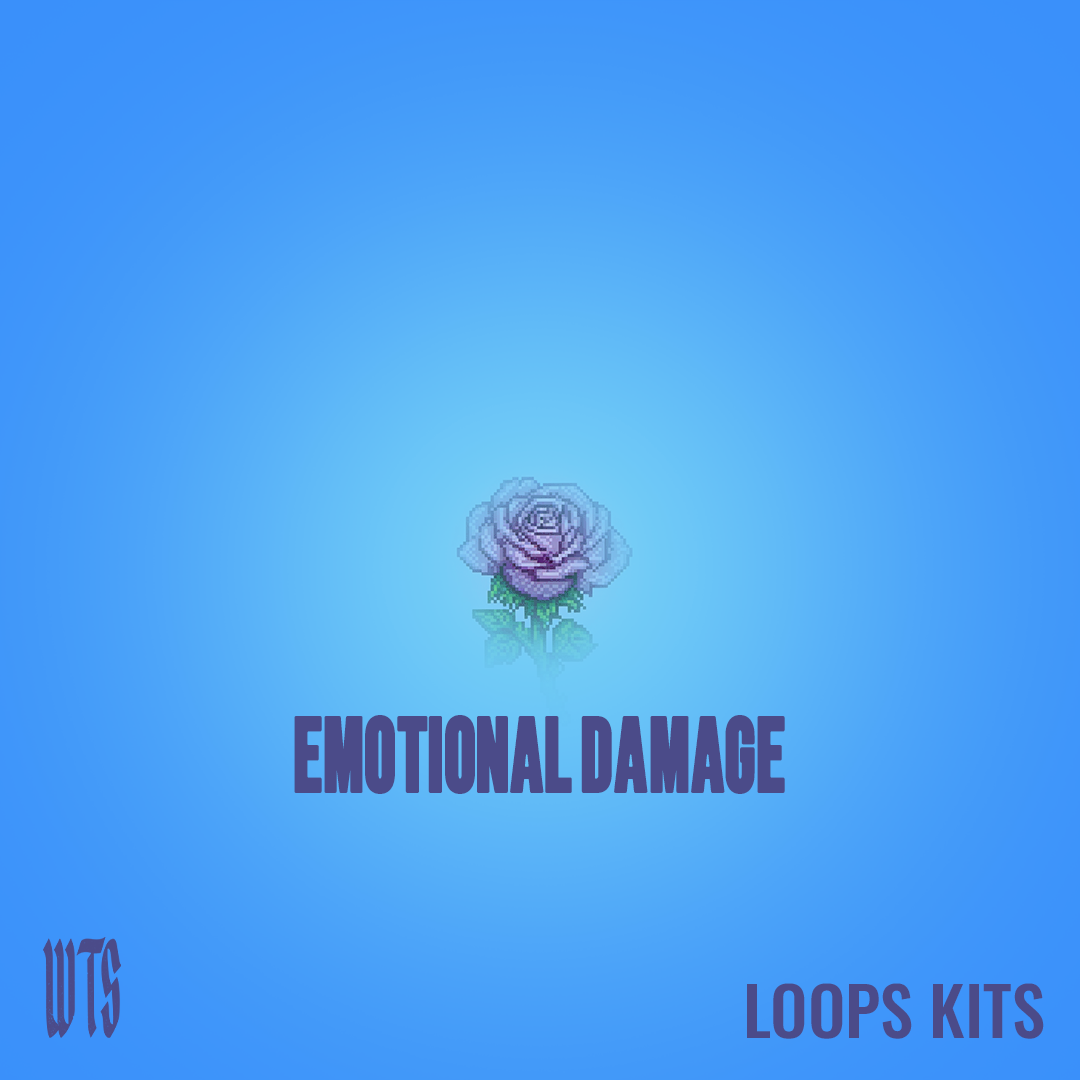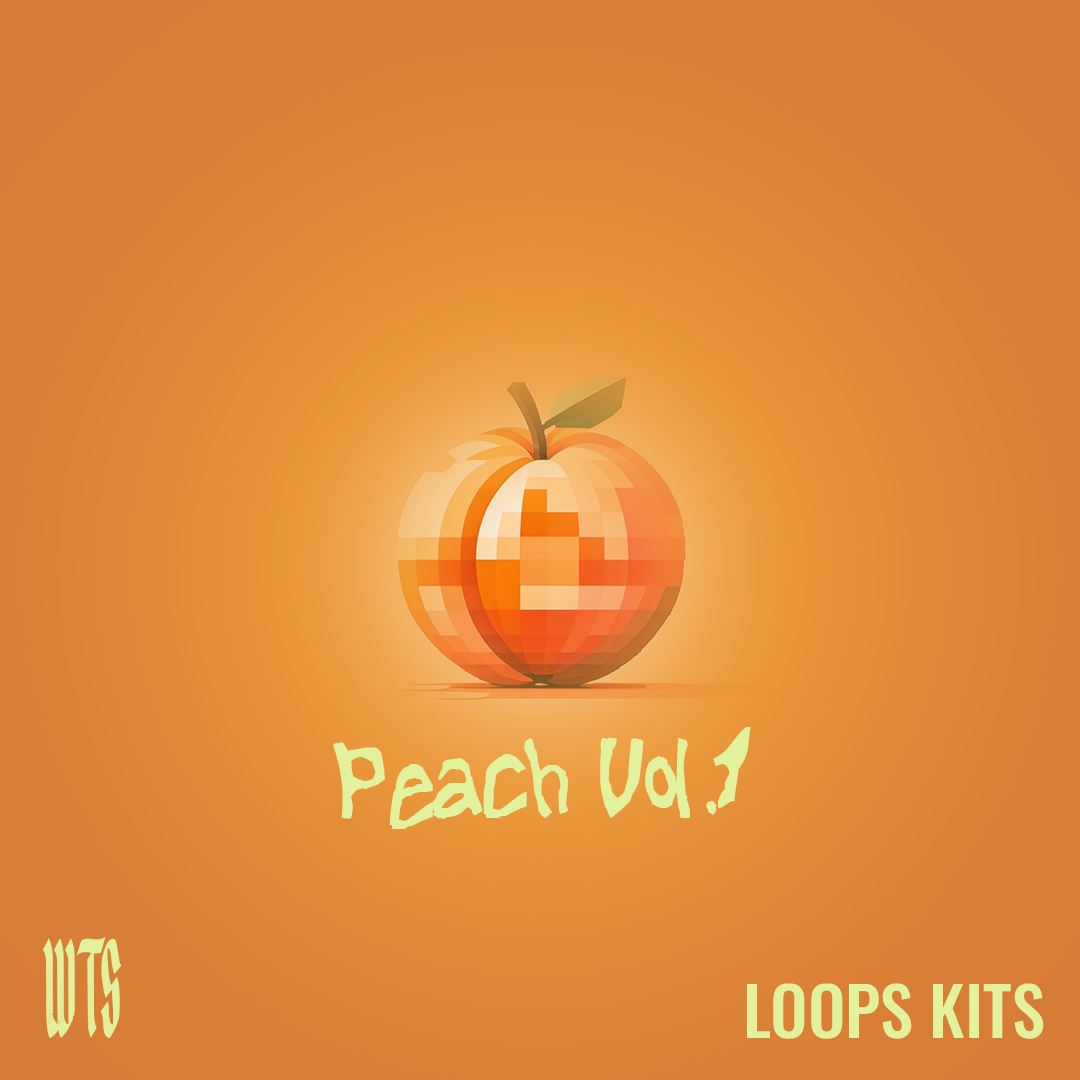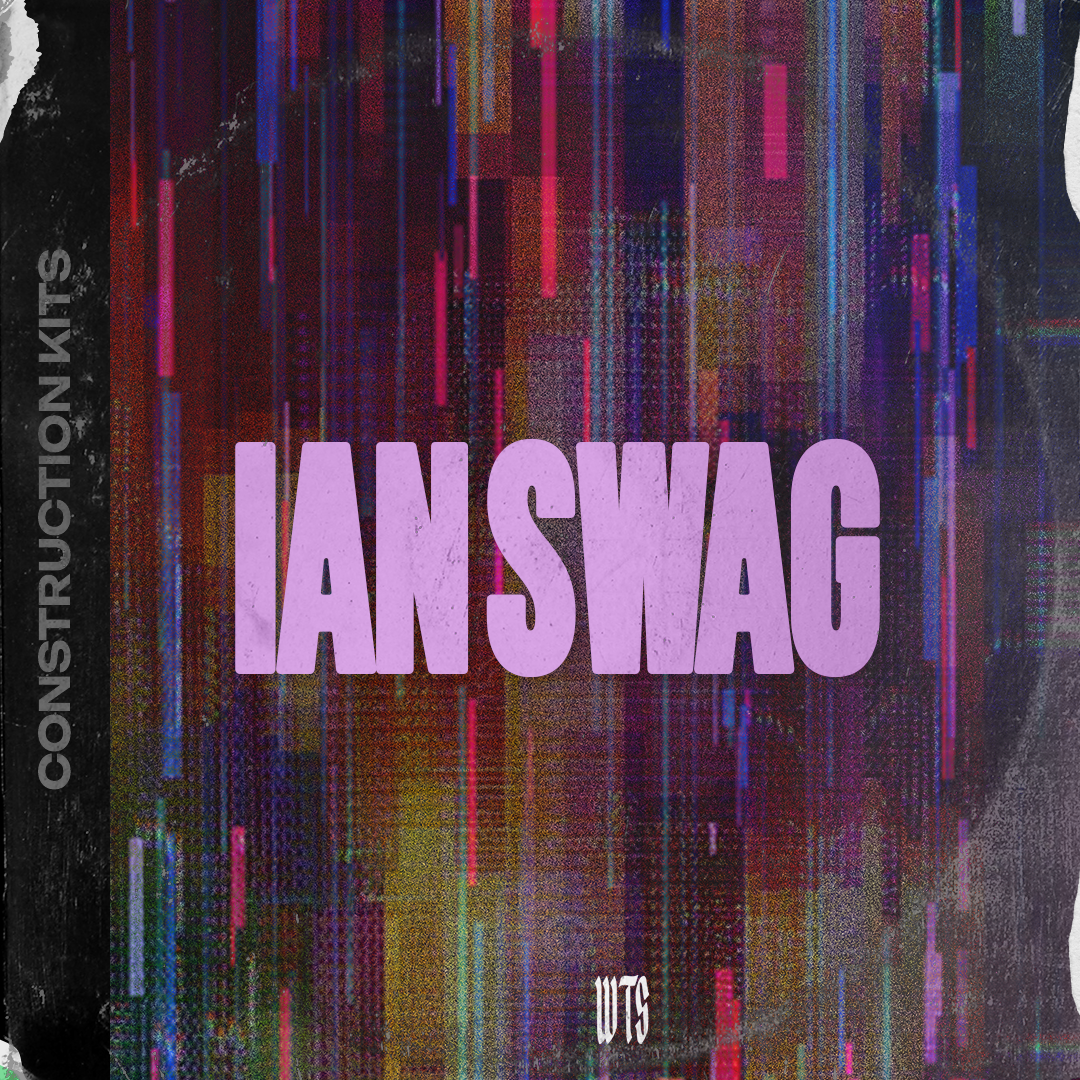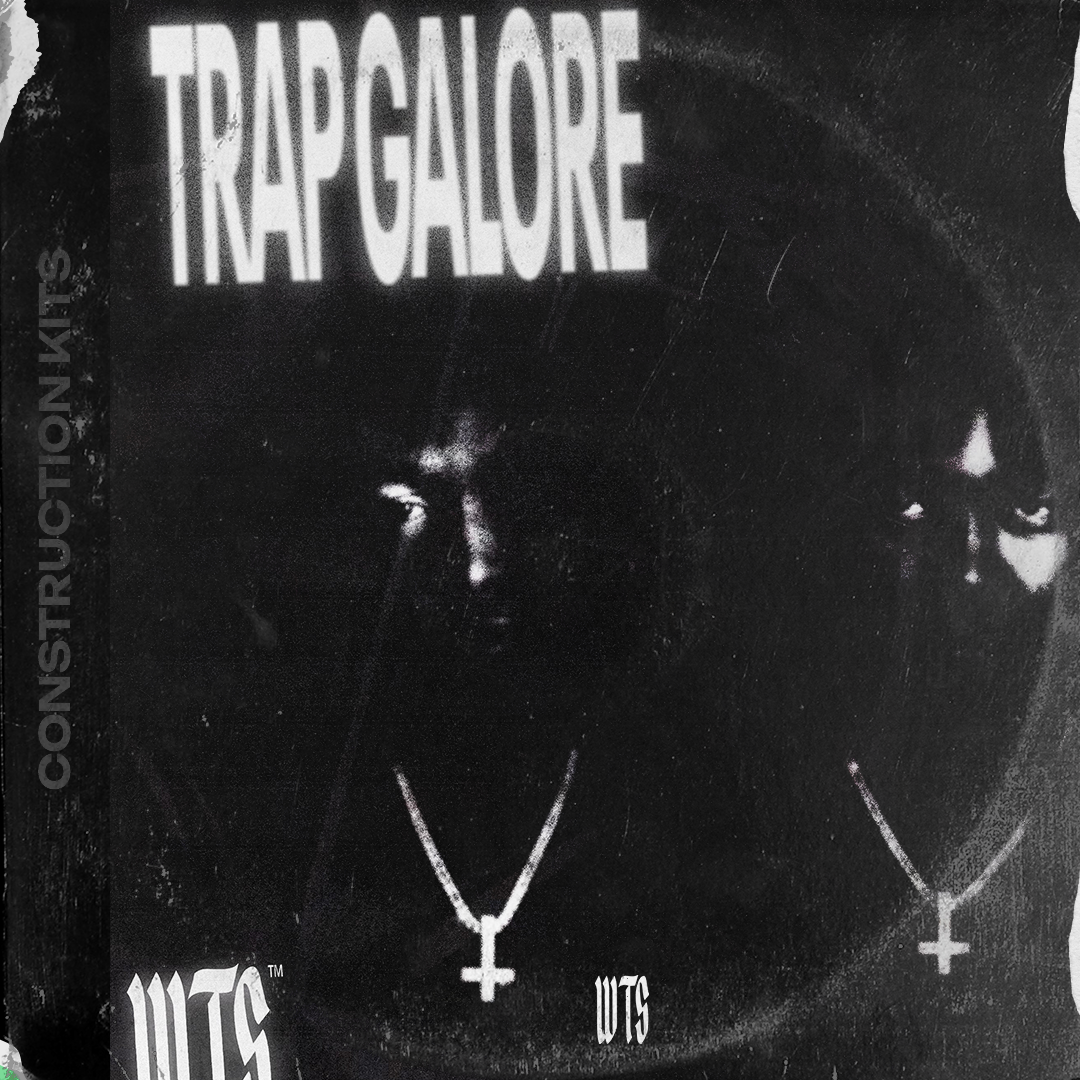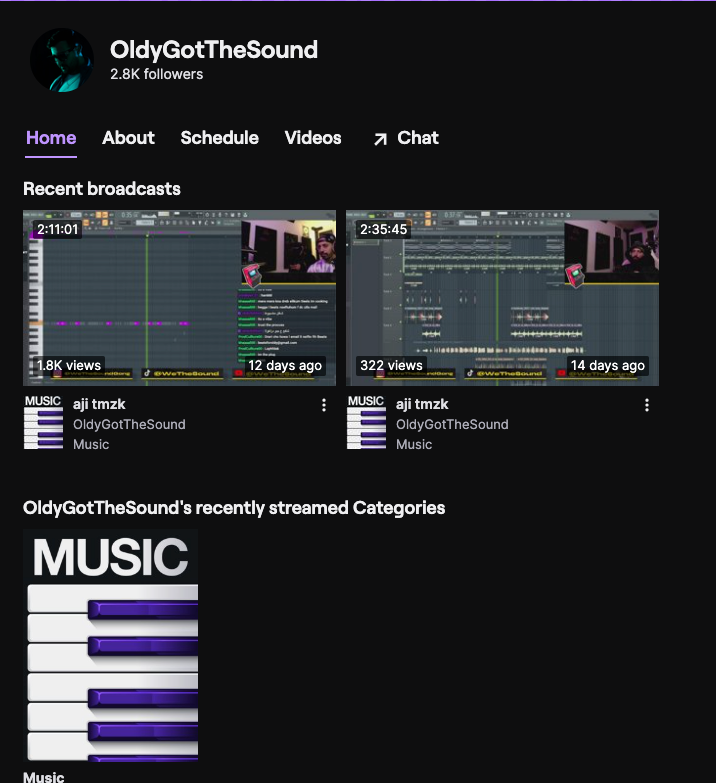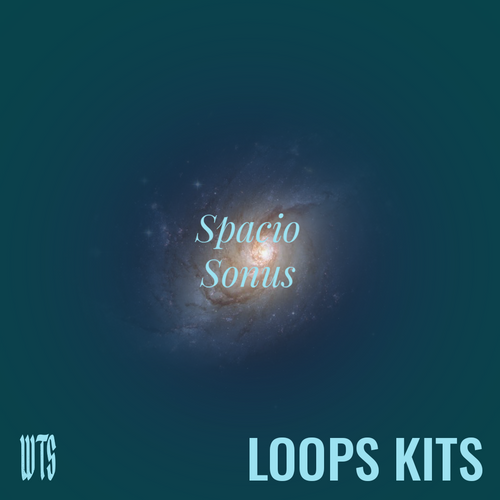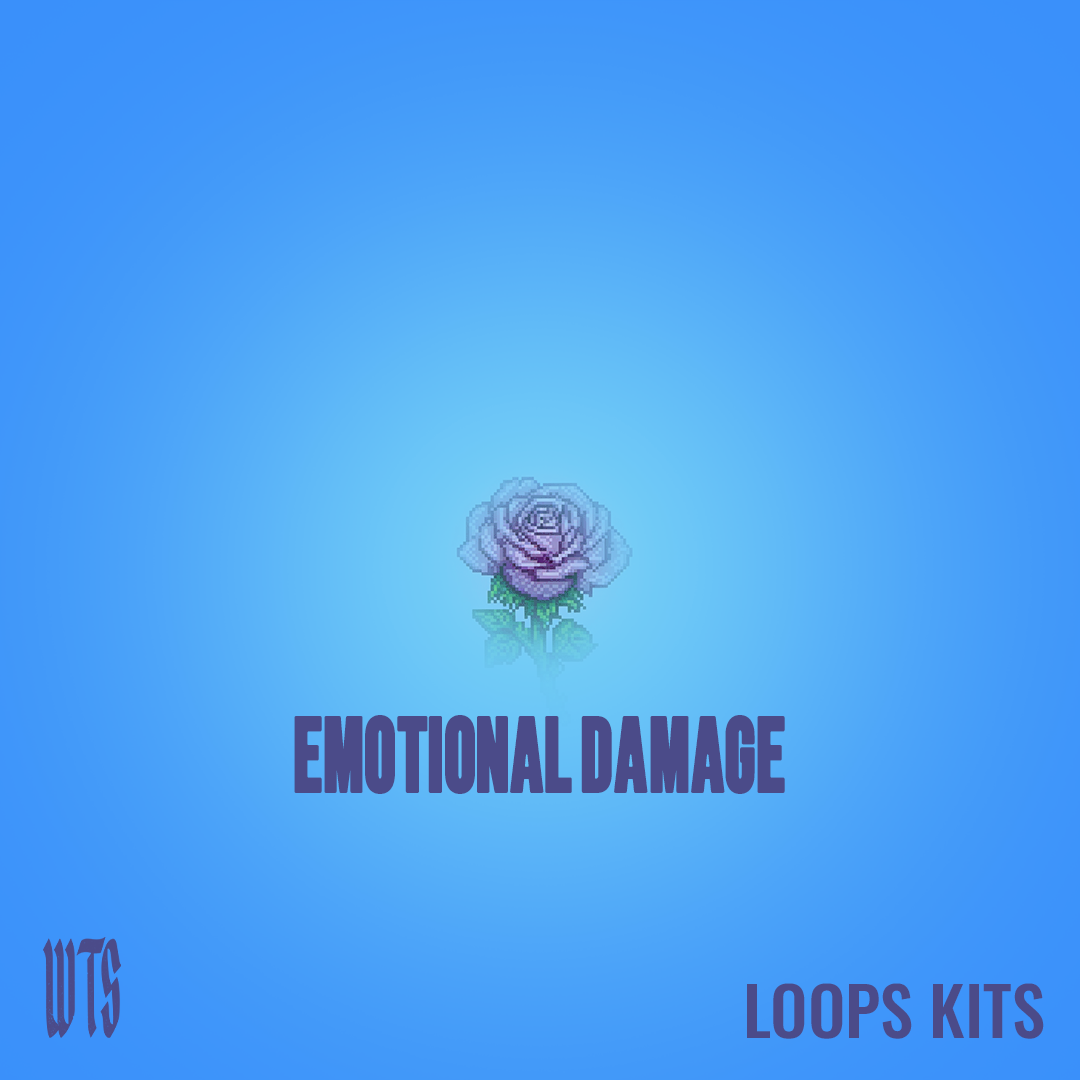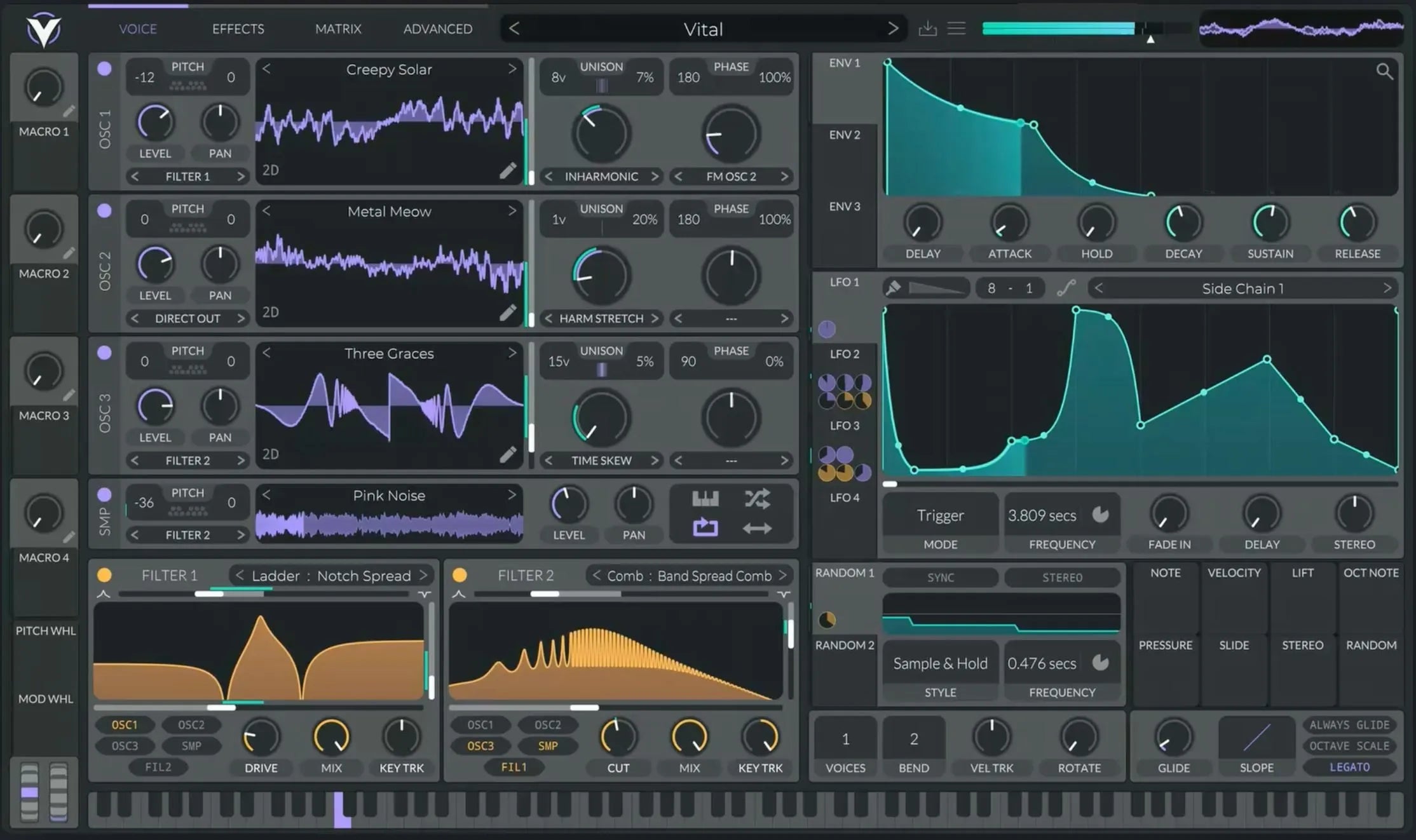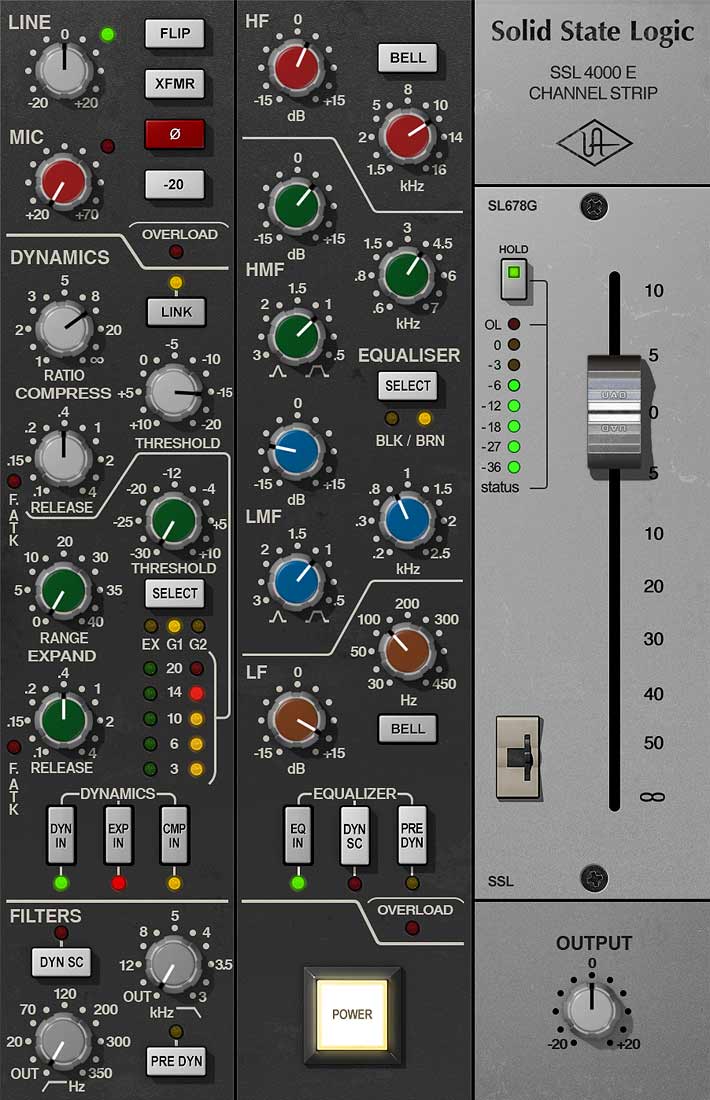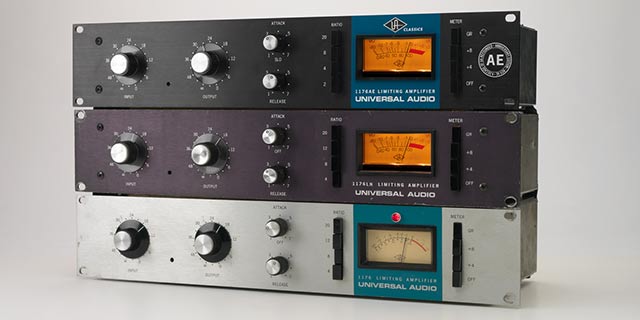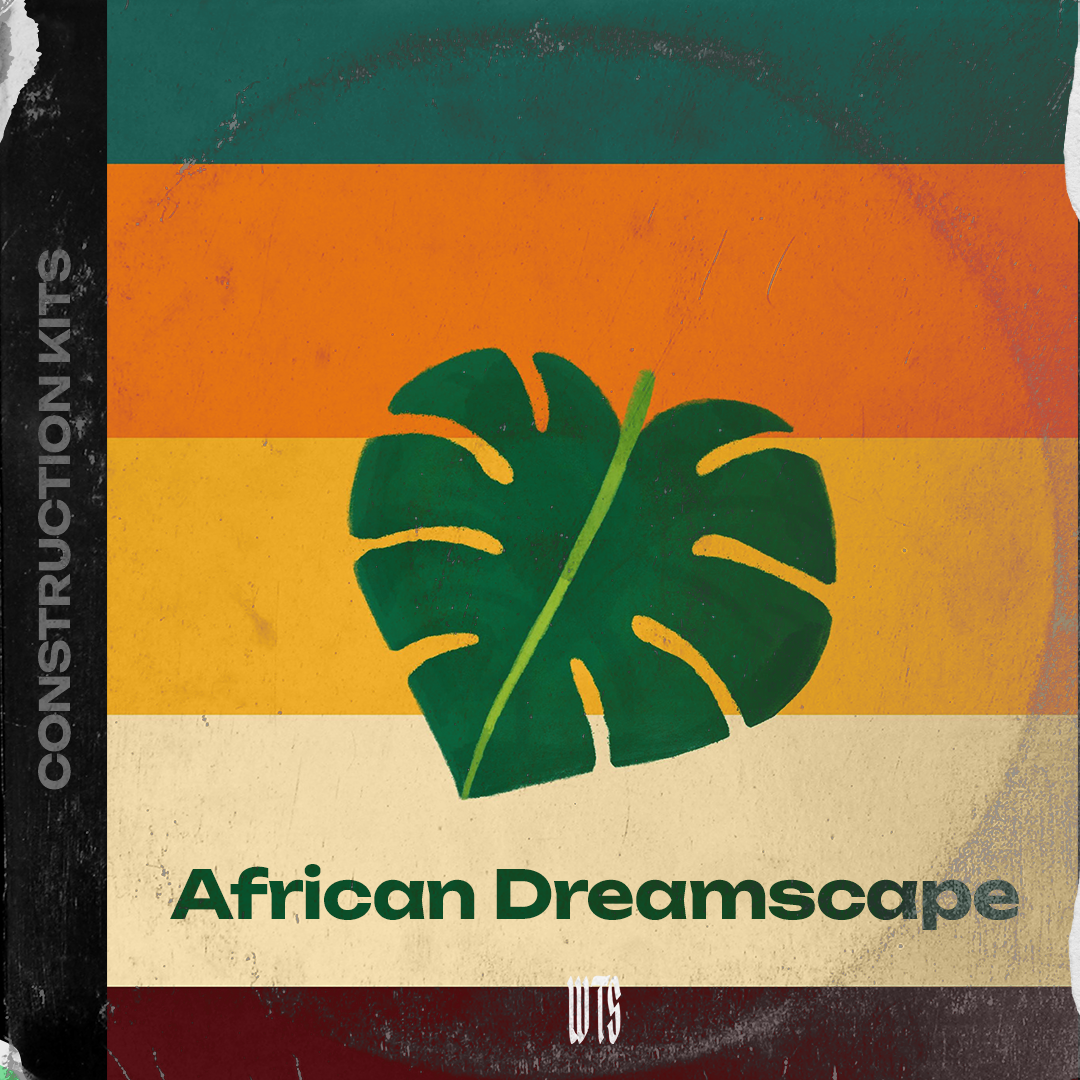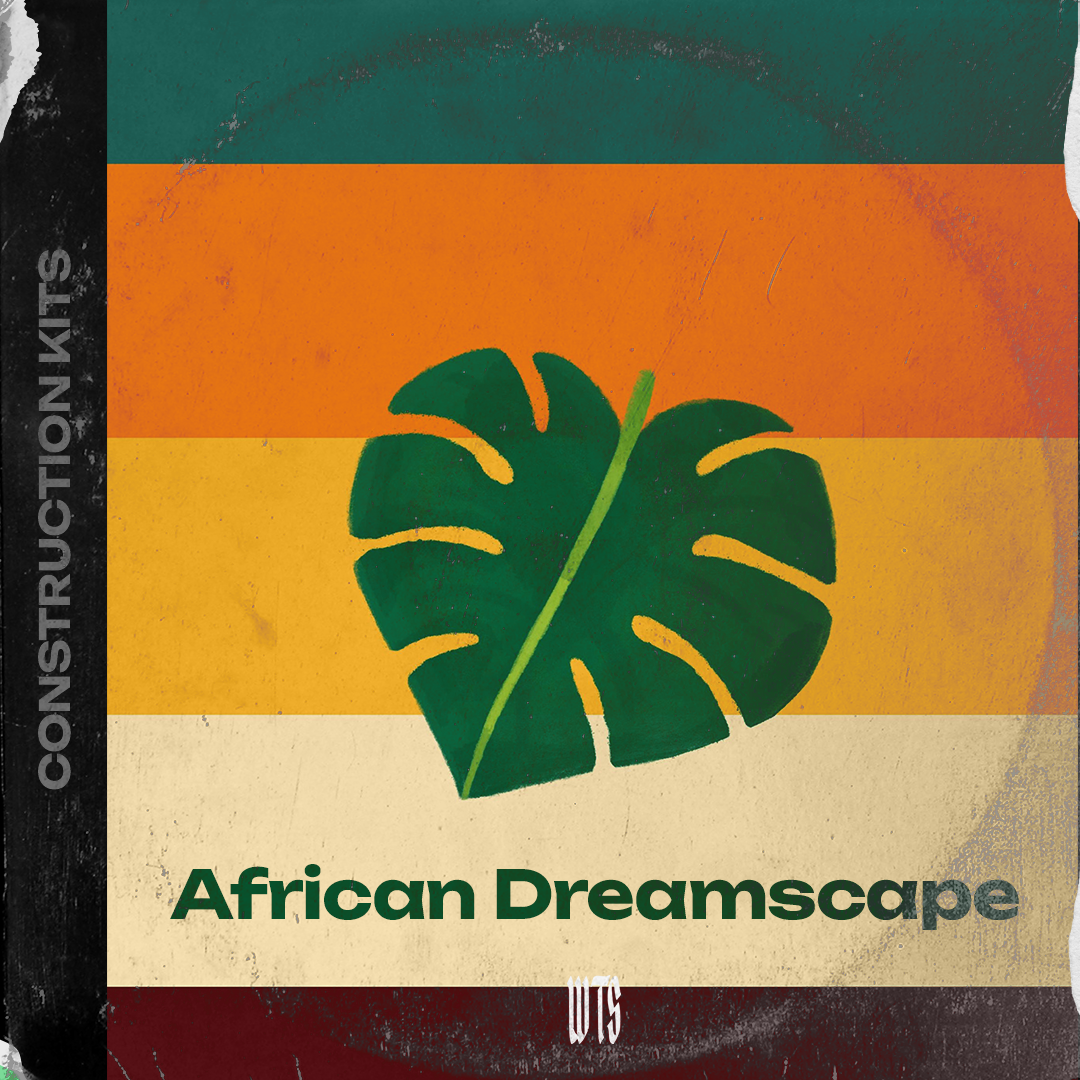
FL STUDIO Ultimate Guide
FL Studio basics
FL Studio, the popular digital audio workstation, has its roots in a simpler past. Developed by the Belgian company Image-Line, it began its journey in 1997 as FruityLoops, a straightforward MIDI sequencer. Early users, particularly those familiar with Roland's iconic 808 and 909 drum machines, found the interface immediately comfortable thanks to its borrowed step editor design.
Capitalizing on the rising popularity of electronic music software like Rebirth 303, FruityLoops quickly gained traction, becoming a viral hit among both experienced musicians and those just starting out.
While the software, rebranded as FL Studio in 2003, has evolved considerably over time into a comprehensive DAW boasting all the features necessary for full track production, it still retains the unique workflow elements that contributed to its initial success. This blend of historical familiarity and modern capabilities continues to attract a diverse range of music creators.
Why is FL Studio so popular?
the popular digital audio workstation, has its roots in a simpler past. Developed by the Belgian company Image-Line, it began its journey in 1997 as FruityLoops, a straightforward MIDI sequencer. Early users, particularly those familiar with Roland's iconic 808 and 909 drum machines, found the interface immediately comfortable thanks to its borrowed step editor design.
Capitalizing on the rising popularity of electronic music software like Rebirth 303, FruityLoops quickly gained traction, becoming a viral hit among both experienced musicians and those just starting out.
While the software, rebranded as FL Studio in 2003, has evolved considerably over time into a comprehensive DAW boasting all the features necessary for full track production, it still retains the unique workflow elements that contributed to its initial success. This blend of historical familiarity and modern capabilities continues to attract a diverse range of music creators.
How to buy FL Studio
FL Studio offers a range of editions, each priced to match different budgets, making it accessible for many aspiring music producers. A key benefit, regardless of the edition you choose, is Image-Line's commitment to free lifetime updates. However, the features and plugin bundles do vary between the tiers. Let's dive into the details of each package. While you might see FL Studio available through other sellers, the most straightforward and reliable way to acquire the software is directly through the Image-Line website. Unless you're snagging a specific deal elsewhere, going directly to the source is usually the smartest move.
Like many other Digital Audio Workstations (DAWs), FL Studio is available in different editions at varying price tiers to accommodate all budgets.
And while each version of the software comes with its signature free lifetime upgrades policy, the tiers offer different available features and plugin collections.
I’ll break down each package and explain the differences.
FL Studio is available through select retailers and digital storefronts but the easiest place to get the software is the Image-Line website: https://www.image-line.com/
Unless you’re taking advantage of a sale or special offer, there’s no reason not to get it directly from the source.
FL Studio Fruity Edition
FL Studio Fruity Edition is the cheapest way to get started with FL Studio. At $99 USD, even producers on a budget can get a taste of what it’s like to use it. Learn more about the Fruity Edition here: [Insert actual Fruity Edition page URL from Image-Line here, if available, otherwise use the main Image-Line link]
While there are no track limits for MIDI or sample patterns, Fruity Edition does not allow audio recording or drag and drop for audio clips on the playlist.
Fruity Edition does not allow audio recording or drag and drop for audio clips on the playlist.
That leaves it with some serious limitations that might be off putting for all but the most casual creators.
You’ll also only get 83 of the 107 possible native plugins with many of the best FL studio plugins omitted.
That said, if you’re planning to test out FL Studio or you know you’ll only work with MIDI and VSTs, this tier offers excellent value.
FL Studio editions compared.
FL Studio Producer Edition
At just $199 USD, FL Studio Producer offers a full production workflow with proper audio recording and editing. Find out more about the Producer Edition here: [Insert actual Producer Edition page URL from Image-Line here, if available, otherwise use the main Image-Line link]
With more Playlist features and five additional plugins, Producer Edition is Image-Line’s most popular edition of the software.
Those who plan to build a collection of third-party plugins will find this option attractive since the savings come mainly from the reduced native tool suite.
That said, there’s plenty to get started with right away on offer with this tier.
🧠 Hot tip
At $199 USD, FL Studio Producer Edition is similar in price to Apple’s Logic Pro. Both are great DAWs for new producers looking for good value for money. Check out our guide to Logic Pro to see how the two compare.
FL Studio Signature Bundle
The next tier up is the Signature Bundle at $299 USD. Explore the features of the Signature Bundle here: [Insert actual Signature Bundle page URL from Image-Line here, if available, otherwise use the main Image-Line link]
According to Image-Line, this package provides the best value with the majority of the native plugins included along with everything offered in the previous tiers.
You’ll get some of the company’s most powerful software like the Edison sample editors and Newtone pitch and time software and many of the most classic effects.
FL Studio All Plugins Edition
The top of the line version of Fl Studio contains every plugin the manufacturer develops for a whopping 107 native devices. Learn about the All Plugins Edition here: [Insert actual All Plugins Edition page URL from Image-Line here, if available, otherwise use the main Image-Line link]
If you’re looking for a single package that won’t require additional third-party purchases of any kind, All Plugins edition may look attractive.
The additional 8 plugins you’ll get in this tier push the price up to $499 USD—although that’s only $25 per plugin if you break it down.
How to use FL Studio
Browser
With the fundamentals covered, let's delve into a core element of FL Studio: the Browser. Think of the Browser as your central library, housing all the sonic building blocks you'll need – sounds, samples, loops, and plugins. Adding a sound is intuitive: just drag it from the Browser and drop it onto the Channel Rack. To control its volume and apply effects, you'll then assign it to a track in the Mixer. Beyond just raw audio, the Browser also keeps your effects, instruments, samples from various sources, and even resources from previous projects organized, so getting comfortable with its file structure is well worth the effort.
Patterns and Channel Rack
Let's talk about Patterns – the very heart of creating music in FL Studio. Think of them as your building blocks. Each new Pattern you create gives you a fresh canvas to paint with the sounds in your Channel Rack. You can trigger steps for any of your instruments and samples right here. While it's tempting to cram everything into one pattern, most producers find it much tidier to dedicate a pattern to each distinct musical idea.
Speaking of the Channel Rack, it's more than just a place to load your sounds. It's also your direct line to the Mixer! In the bottom section, you'll assign each channel to a specific mixer track for processing and effects. Plus, the Channel Rack itself gives you quick access to essential volume and panning controls – perfect for on-the-fly adjustments.
Double-clicking any sample in the Channel Rack instantly opens FL Studio's basic Sampler plugin. This gives you immediate control over essential sample parameters, allowing you to quickly tweak things like time stretching and looping.
But the Channel Rack offers more than just basic step sequencing. Dive into the Graph Editor view to fine-tune MIDI parameters beyond simple on/off notes. Here, you can sculpt expressive performances by adjusting velocity, panning, and even minute pitch variations.
And for more complex, melodic ideas? The Channel Rack seamlessly integrates with the Piano Roll. This powerful editor lets you craft intricate melodies and harmonies. These Piano Roll patterns are then just as easy to drag and drop into your Playlist to form the structure of your song.
Playlist
Let's move on to the Playlist, the vital arrangement window in FL Studio where your patterns transform into finished tracks.
Because of its reliance on patterns, FL Studio's main arrangement area has a slightly different feel than the timeline in other DAWs. However, it performs the same crucial function: organizing all the parts of your song from start to finish.
The first thing to know is how to switch from hearing those looping patterns in the Channel Rack to experiencing your entire arrangement. You do this by toggling between song mode and pattern mode in the top toolbar, right next to the transport controls. When you select song mode, you unlock the standard timeline tools like the playhead and loop brace, allowing you to arrange your music as you would in any typical DAW. Imagine you're crafting an Afrobeat track. You might start by creating a driving drum pattern with infectious rhythms, perhaps drawing inspiration from a collection like African Dreamscape. Then, in the Playlist, you'll drag this pattern to form the rhythmic foundation of your track. You might then layer in melodic loops or sprinkle in percussive one-shots from a kit like WTS Spacio Sonus to add texture and flair.
In song mode, you can meticulously arrange all your elements, from the core drum groove to intricate melodic lines and impactful sound effects.
To transition from focusing on individual, looping patterns in the Channel Rack to hearing your entire composition, you'll use the song modeand pattern mode toggle in the top toolbar by the transport. Engaging song mode activates familiar timeline features like the playhead and loop brace, enabling you to construct your song's structure as you would in a traditional DAW. For instance, you might create distinct patterns for your drums – a powerful kick and snare pattern for the verse, and a more complex one with fills for the chorus. Then, in the Playlist, you'll arrange these patterns to create dynamic sections. If you're building a track around rhythmic loops, like those found in the Cryptic Cadence kit, the Playlist is where you'll arrange them to create evolving textures and song sections.
MIDI
FL Studio makes it easy to record and edit MIDI notes. You can do this in the Piano Roll or directly in the Channel Rack.
If you have a MIDI keyboard, you can use it to play notes into FL Studio. You just need to tell FL Studio you're using it in the settings.
When you add a new instrument to the Channel Rack, you can play it live with your keyboard, or you can draw the notes in using the Piano Roll or the step editor.
The Piano Roll has a handy tool that lets you quickly add common chords instead of drawing each note.
Recording
Recording in FL Studio works a little differently depending on if you're recording music notes or actual sound.
First, you need FL Studio Producer Edition or a higher version to record real audio (like singing or guitar).
If you have the right version, recording audio is like other music programs.
You need to tell FL Studio which microphone or instrument input to use on a mixer track. Then, press the record button on that mixer track and the main record button at the top to start recording sound.
You also need to tell the Playlist which track you want to record onto (make it an audio track by right-clicking).
After that, you can press the record button on the Playlist track too, and choose how you want to hear the sound while recording.
Best FL Studio instruments and effects
FL Studio is overflowing with incredible effects! Honestly, there are too many gems to even begin listing them all here. Want to unlock the full power of your DAW? Then you absolutely need to check out our ultimate guide to the classic built-in effects and instruments in FL Studio.
Grossbeat
Within the realm of trap music production, Grossbeat has achieved legendary status. It's particularly well-known for its ability to generate the rapid, stuttering, and glitched hi-hat patterns that are characteristic of the genre. Despite the existence of alternative methods for creating this effect, the preference for the original Grossbeat among producers remains evident.
Soundgoodizer
Soundgoodizer is a stereo 'maximizer-enhancer' plugin designed to add polish and loudness to your tracks. Under the hood, it utilizes the robust sound processing engine found in Maximus. With endorsements like "fully endorsed by famous people with really big egos ears," you can expect a noticeable sonic improvement.Slicex
Want to get surgical with your samples? Slicex uses advanced beat detection to dissect your song and percussion loops, turning them into individually playable slices right from your Piano roll or MIDI controller. If your sample already has slice or region markers, Slicex will intelligently use those too. Beyond simple playback, you can completely reorder slices and even time-stretch them – especially useful for drum loops. For simpler slicing needs, there's also Fruity Slicer. And if you need deeper audio editing capabilities including slicing, check out Edison, a powerful all-in-one audio editor, recorder, and spectral analyzer. Want to see Slicex in action? Check out these tutorial videos here.
More tutorials

